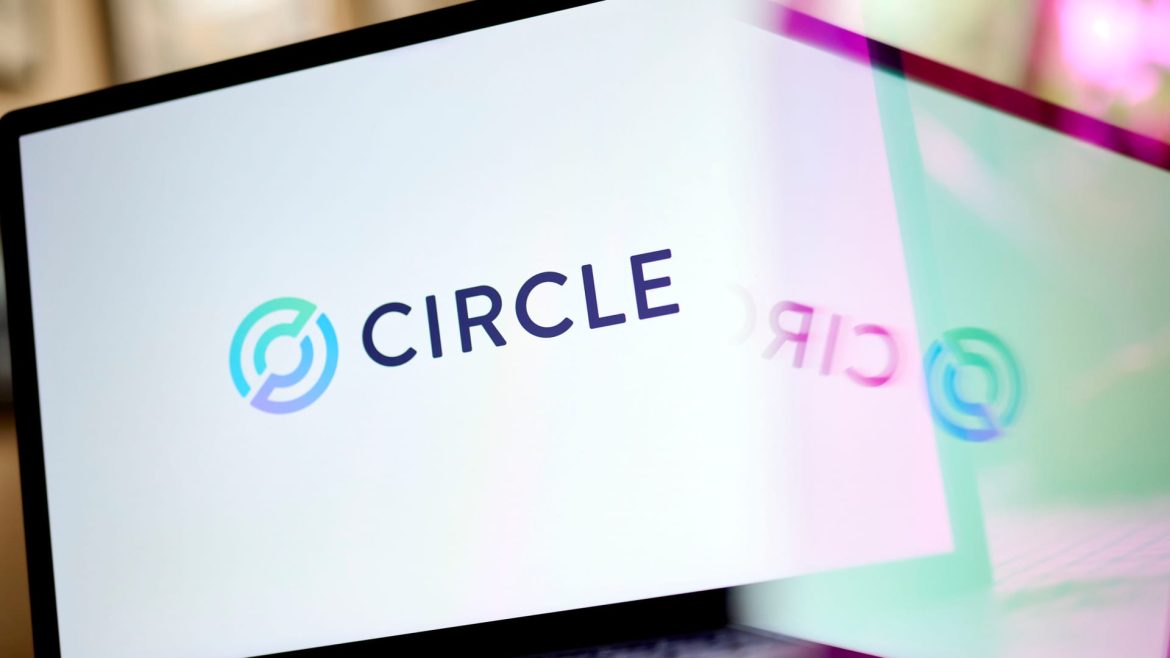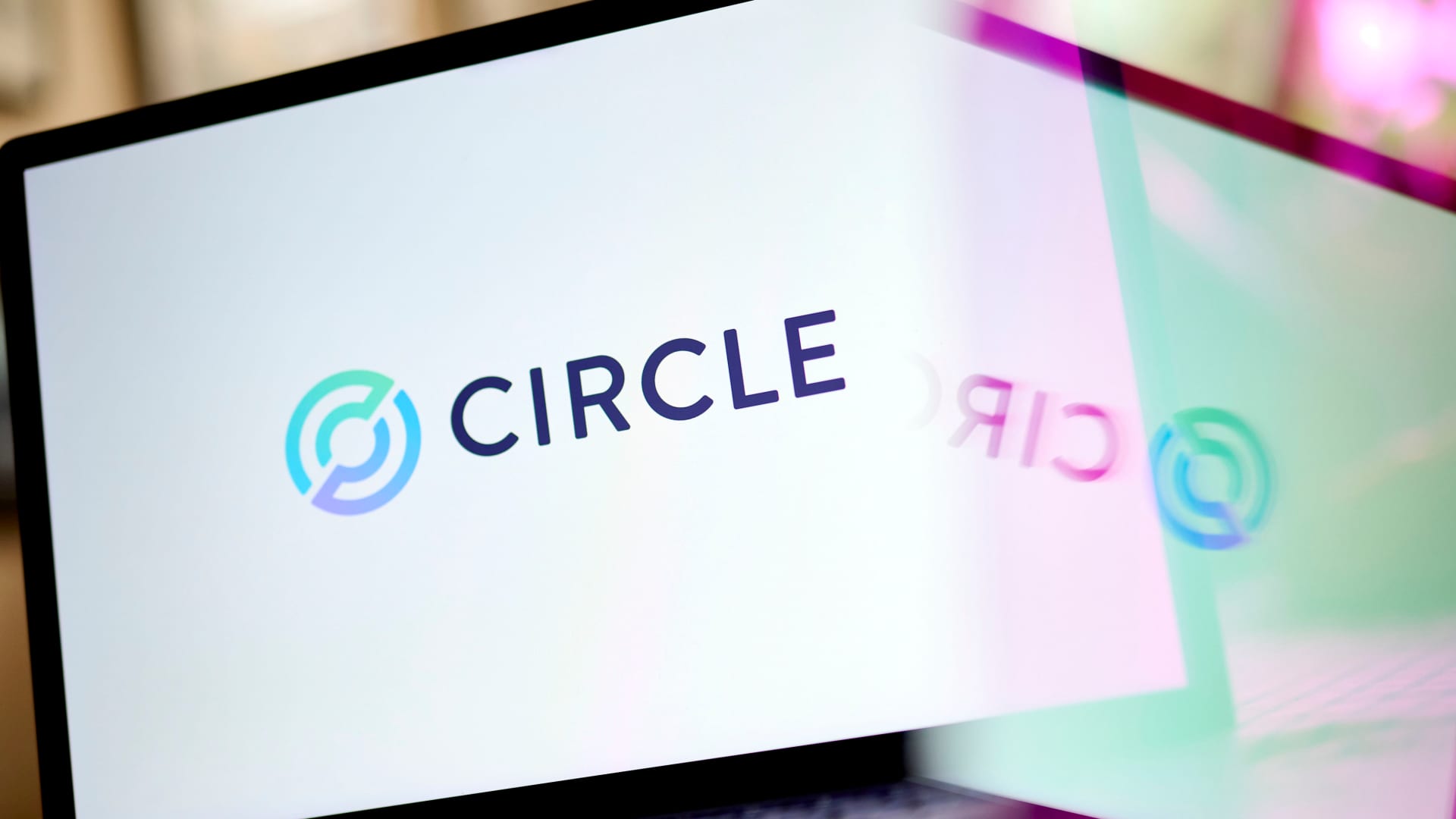The IPO Triumph of Circle: A Deep Dive into the Stablecoin Market Breakthrough
The rapidly evolving cryptocurrency and stablecoin landscape witnessed a landmark event as Circle Internet Financial successfully launched its initial public offering (IPO) on the New York Stock Exchange (NYSE). This move has not only captured the attention of investors worldwide but has set a precedent for the stablecoin industry, signaling robust investor confidence and the maturation of stablecoins as a mainstream financial instrument. This analysis explores Circle’s IPO journey, market performance, valuation impact, and the broader implications for the financial and digital asset sectors.
Circle’s IPO Pricing and Market Debut: Exceeding Expectations
Circle’s IPO was priced at $31 per share, a notable premium above its anticipated range of $24 to $28 per share. This pricing decision reflected strong investor demand and anticipation surrounding Circle’s role as the issuer of USD Coin (USDC), one of the most widely used stablecoins globally. The public debut saw an extraordinary surge, with shares opening at $69.50 on the NYSE—representing an increase of approximately 124% from the IPO price.
This price jump not only underscored high investor enthusiasm but also translated into Circle raising nearly $1.1 billion through the offering. Such a considerable influx of capital positioned Circle with an estimated valuation of approximately $6.8 to $6.9 billion, a substantial increase from prior public market expectations which hovered around $5.6 billion.
Market Reception and Investor Confidence
Circle’s IPO success is emblematic of several underlying dynamics that have matured in the stablecoin and digital asset markets:
– Institutional Backing: Heavy support from prominent institutional investors, including BlackRock and ARK Invest, helped propel confidence in Circle’s business model and governance structure. These endorsements signal trust in Circle’s capacity to navigate regulatory frameworks and continue scaling responsibly.
– IPO Oversubscription: The company’s shares were oversubscribed prior to debut, a sign that demand outpaced supply, contributing to the sharp first-day price rally. This phenomenon also reflects a broader appetite in public markets for cryptocurrency-related assets with strong operational fundamentals.
– Revenue Growth and Financial Metrics: Circle revealed a nearly 16% revenue increase leading up to the IPO, driven by growth in stablecoin-derived revenues which surged 124% to $172.4 million. Additionally, interest income grew by almost 60%, highlighting robust profitability enhancements and operational scalability.
The Strategic Significance of Circle’s Public Listing
Circle’s NYSE listing carries strategic weight beyond simple valuation growth:
– Legitimization of Stablecoins: As one of the first stablecoin issuers to complete a major U.S. IPO, Circle’s transition into a publicly traded firm helps dispel notions of the cryptocurrency sphere as purely speculative or fringe. It underscores how regulated stablecoins like USDC are becoming integral to digital finance infrastructure.
– Market Expansion and Liquidity: Public listing provides Circle with easier access to capital markets, enabling further product development, expansion of customer base, and investments in compliance and security. Enhanced liquidity for shareholders and transparency through SEC reporting requirements also build broader trust.
– Benchmark for Future Crypto IPOs: Circle’s IPO performance may usher in a new wave of cryptocurrency firms seeking public capital, catalyzing a revival in the crypto IPO market. It aligns with other notable tech and crypto listings, joining Coinbase and others as a reference point for valuation and investor interest.
Challenges and Future Outlook
Despite the triumph, Circle’s public market journey is not without challenges:
– Regulatory Landscape: The stablecoin sector is under increasing regulatory scrutiny from U.S. and global authorities concerned about consumer protection, systemic risk, and monetary policy impacts. Circle’s ongoing compliance and engagement with regulators will be critical.
– Market Volatility: Cryptocurrency markets remain inherently volatile. Although Circle focuses on stablecoins designed to minimize volatility, broader market swings could influence investor sentiment and trading patterns in its shares.
– Competitive Pressures: The stablecoin market is growing more competitive, with players like Tether maintaining dominant market share, alongside emergence of central bank digital currencies (CBDCs). Circle must continue innovation and scaling to defend and grow its position.
Conclusion: A Milestone for Stablecoins and Digital Finance
Circle’s IPO marked a watershed moment for the integration of cryptocurrencies into traditional financial markets. Soaring 124% on debut and raising over $1 billion in capital at a valuation approaching $7 billion, Circle has demonstrated the enormous investment appetite for regulated stablecoins backed by credible institutions. This event not only signals investor trust in Circle’s business prospects but also paves the way for further legitimization and adoption of stablecoins worldwide.
As digital currencies increasingly blend with conventional finance, Circle’s transition to a publicly traded entity provides a revealing case study of how crypto-native companies evolve to capture mainstream market capital. The combination of robust revenue growth, strong institutional backing, and favorable market response underlines Circle’s potential as a leading fintech innovator. Future regulatory clarity and competitive agility will remain paramount as Circle advances its mission to embed USDC and stablecoins more deeply into everyday financial ecosystems. The IPO’s success shines a bright spotlight on the promising synergy between blockchain innovation and established capital markets.





